How will you save this critically ill patient? A fundamental and lifesaving ECG interpretation that everyone must recognize instantly.
Dr. Smith's ECG Blog
FEBRUARY 22, 2024
Written by Pendell Meyers A woman in her 30s called EMS for acute symptoms including near-syncope, nausea, diaphoresis, and abdominal pain. EMS arrived and found her to appear altered, critically ill, and hypotensive. An ECG was performed: What do you think? Extremely wide complex monomorphic rhythm just over 100 bpm. The QRS is so wide and sinusoidal that the only real possibilities left are hyperkalemia or Na channel blockade.
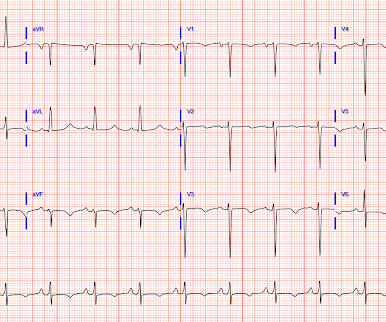
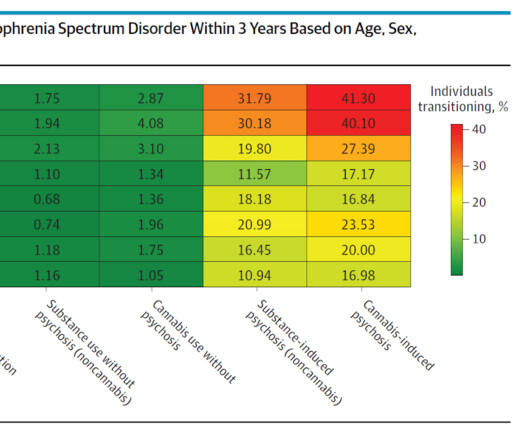
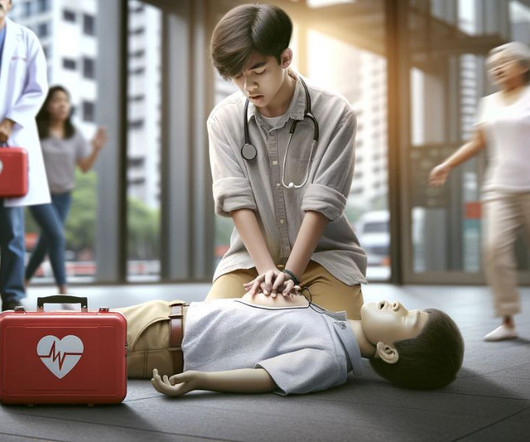




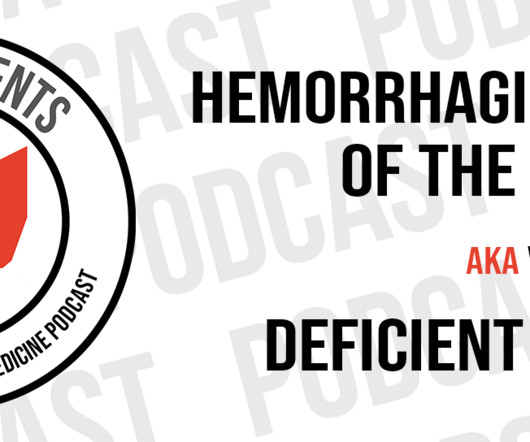




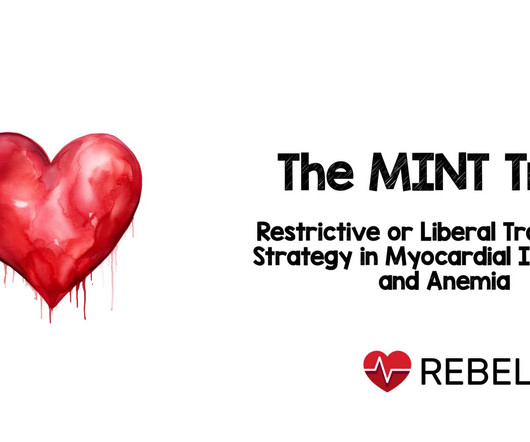






Let's personalize your content